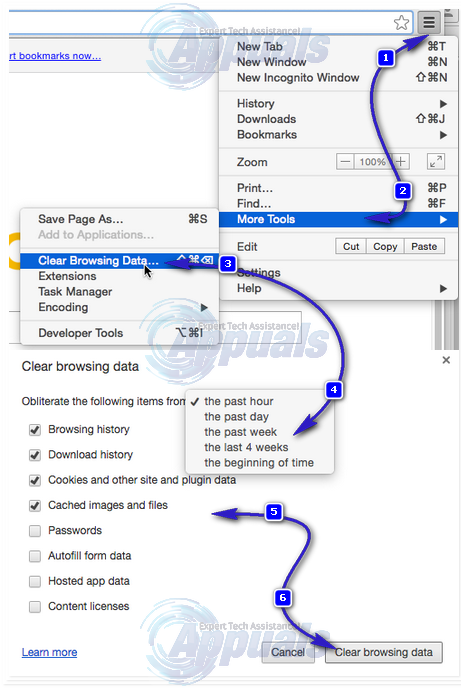How to Clear Search History and Cache on Mac
The browser may keep showing old content or act strangely if you haven’t cleared the cache and search history in a long time, as mentioned on MacRumors and Apple forums. The cache is a folder with temporary files that help websites load faster. The search history is a record of websites you’ve visited and searches you’ve made.

The main reason to clear them is to fix website loading problems or for privacy. Other reasons include broken cache files or syncing issues with iCloud. The cache for browsers like Safari, Chrome, and Firefox is saved in different places on a Mac, both in local folders and in system storage.
How to Clear the Search History and Cache on Safari Version 8 and Later
- Open the Safari browser. Click on ‘Safari’ in the menu bar. Select ‘Clear History and Website Data’ from the dropdown menu. Choose how far back you want to clear your history using the dropdown menu next to ‘Clear’. Then, click ‘Clear History’. This will delete your browsing history and temporary files stored by Safari.

- If you only want to remove the cache, click ‘Safari’ in the menu bar and select ‘Preferences’.
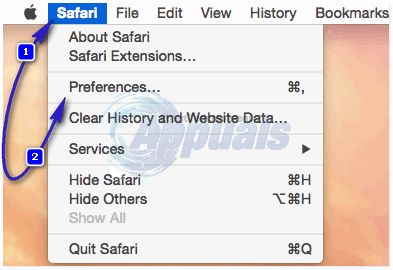
- Navigate to the ‘Advanced’ tab. Next, look for ‘Show Develop menu in menu bar’ and check the box beside it.
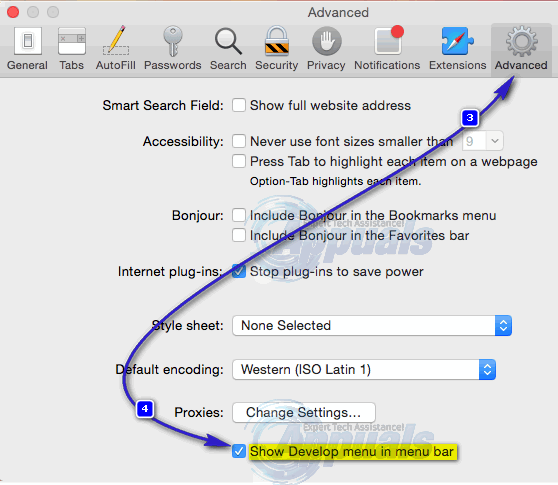
- The ‘Develop’ menu will now appear in the menu bar. Click on it and select ‘Empty Caches’ from the dropdown menu. If you want to completely turn off caching (not recommended for most users as some websites require cache to function properly), you can click ‘Disable Caches’.
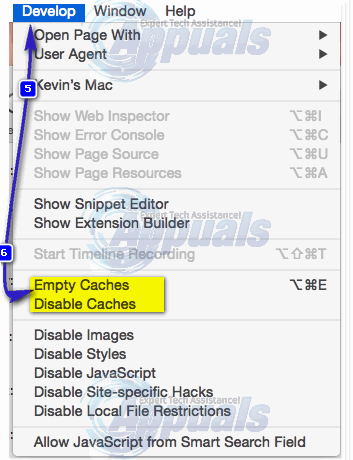
How to Clear the Safari Cache Using Terminal
- Go to Applications > Utilities > Terminal to open a Terminal window.
- Type the following commands and press Return after each one:
rm -rf ~/Library/Caches/Safari touch ~/Library/Caches/Safari
- Close Terminal and open Safari again.
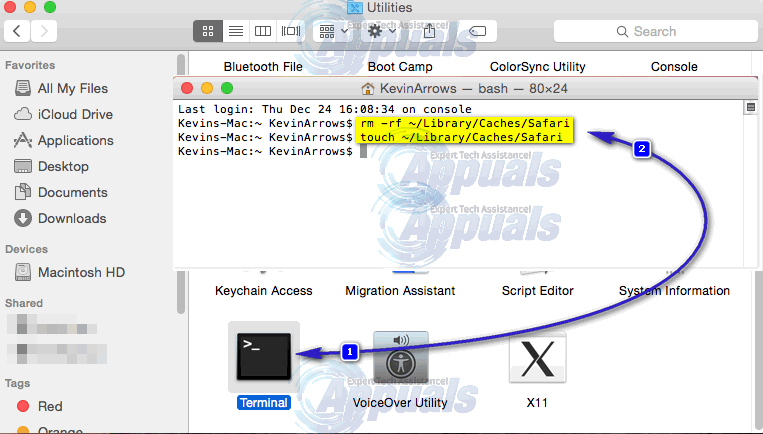
How to Clear the Search History and Cache on Safari 7 and Older Versions
- Click on ‘Safari’ in the menu bar, then choose ‘Reset Safari’.
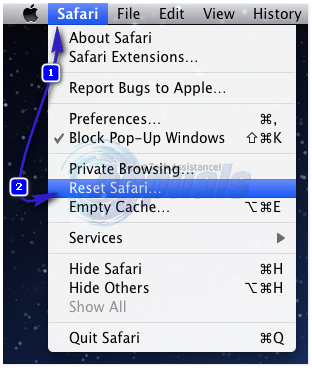
- In the ‘Reset Safari’ window, check the boxes for the types of data you want to remove (such as ‘Clear History’, ‘Remove All Website Data’), and then click ‘Reset’. Afterward, restart Safari.
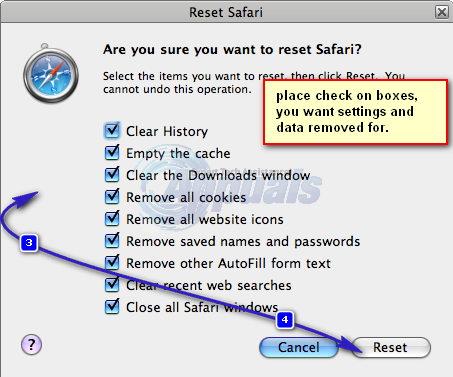
- If you only want to clear the cache, click ‘Safari’ in the menu bar and choose ‘Empty Cache’.
How to Clear the Search History and Cache on Firefox
- Open Firefox, then click on ‘History’ in the menu bar. Select ‘Clear Recent History…’ or simply press Shift + Command + Delete.
- In the ‘Clear Recent History’ window, next to ‘Time Range to Clear’, select how much history you’d like to delete. If you’re troubleshooting, it’s best to select Everything.
- Click ‘Details’ to expand the list, then select all the items you want to remove. For basic troubleshooting, make sure to include ‘Browsing & Download History’ and ‘Cache’.
- Click ‘Clear Now’. This action will remove your saved passwords, login details, cache, cookies, and history.
- Restart Firefox afterward.
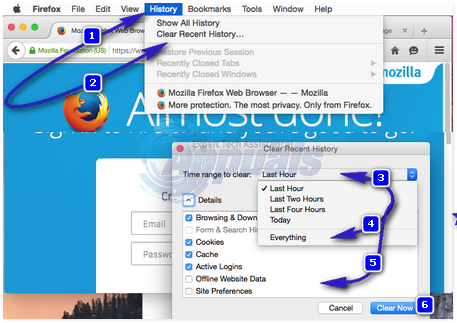
How to Clear Search History and Cache on Google Chrome
- Open Google Chrome, then click the Menu button at the top right corner.
- Click More Tools, then select Clear Browsing Data or press Shift + Command + Delete.
- A dialog will appear showing different types of data you can clear (like cached images and files, browsing history, cookies, etc.). Check the boxes next to the items you want to clear. To fully troubleshoot, it’s a good idea to select everything.
- Select the time range for which you want to clear data using ‘Obliterate the following items from’. Finally, click ‘Clear browsing data’. When done, restart Chrome.
